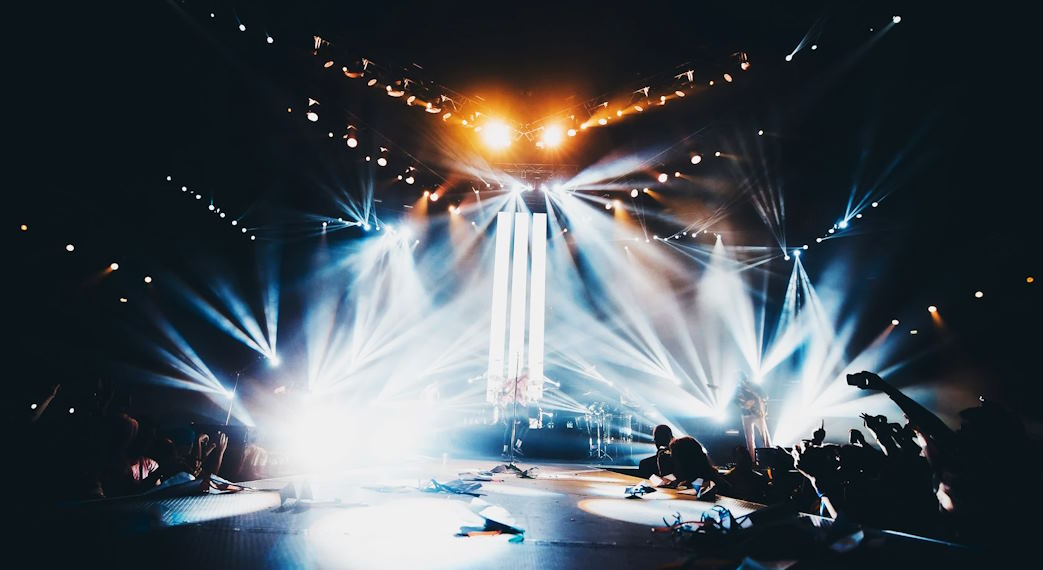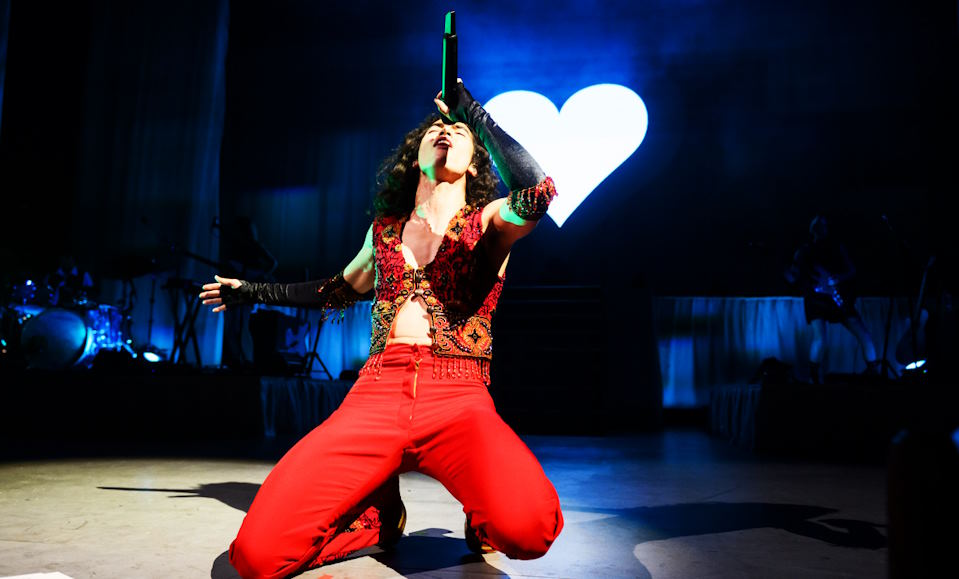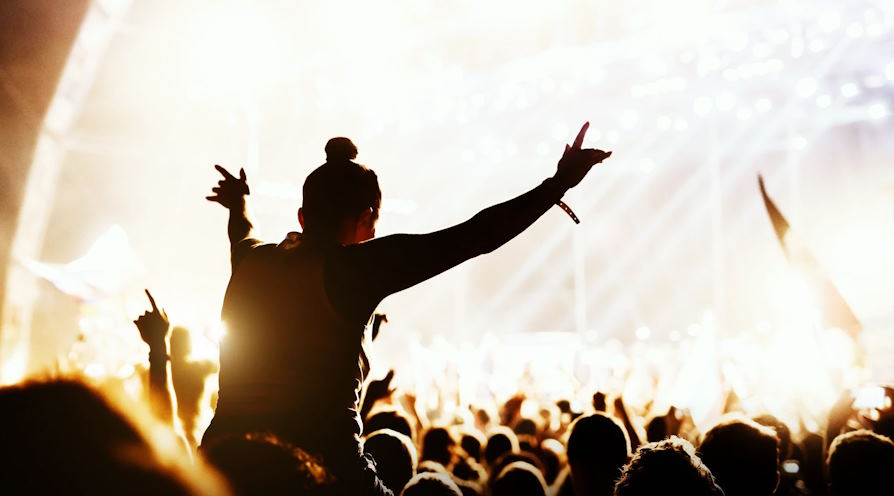Emotions are the threads that weave the fabric of human connection, and nowhere is this more palpable than in the electric atmosphere of live performance events. Whether it’s the collective euphoria of a concert crowd or the poignant silence hanging in a theater after a powerful scene, capturing these emotions is akin to freezing time in a frame. In the age of visual storytelling, the demand for authentic and emotion-laden content has never been higher.
Techniques for Emotion-Centric Capture
Focus on Facial Expressions and Body Language
In the intricate dance between performer and emotion, the face becomes a canvas, and body language, the brushstroke. To capture the essence of a live performance, zoom in on the microcosm of emotions painted across artists’ faces and etched in every movement. The quiver of a lip, the furrow of a brow, or the grace of a dancer’s posture – these subtleties convey the unspoken language of emotion. Dive deep into the visual narrative by framing close-ups that tell a story beyond words, making the audience feel every heartbeat and resonate with the soulful expressions of the performers.
Utilizing Lighting to Enhance Emotional Impact
Lighting is the unsung hero in the realm of emotional capture. The interplay of light and shadow can transform a mundane scene into a poignant spectacle. Experiment with different lighting setups to accentuate the mood – be it the warm glow of a spotlight for intimacy or dramatic shadows for added depth. Skillful manipulation of lighting not only enhances the emotional resonance but also guides the viewer’s focus, ensuring that every emotional nuance is cast in the right spotlight.
The Significance of Timing and Anticipating Key Moments
In the realm of emotion-centric capture, timing is everything. Anticipate the crescendos and climaxes, the moments that tug at heartstrings and leave an indelible mark. Be patient, ready to press the shutter or roll the camera at the zenith of emotional expression. Whether it’s capturing a singer hitting a high note, a dancer leaping into the air, or an actor delivering a powerful line, mastering the art of anticipation ensures that your lens becomes a conduit for emotional transcendence, freezing the perfect moment in time.

Building a Connection with Performers
Establishing Trust and Rapport
Behind every captivating performance lies a delicate dance of trust between the artist and the lens. To truly capture the essence of emotion, establishing trust and rapport is paramount. Engage in conversations, understand their artistic journey, and create an atmosphere where performers feel comfortable in your presence. Building this foundation of trust ensures that when the camera clicks, it captures not just a moment but a genuine connection between the artist and their emotions.
Communicating with Performers to Understand Their Emotional Cues
Effective communication becomes the bridge that spans the gap between the performer’s emotional world and your lens. Engage in open dialogues about the nuances of their act, the emotional peaks, and the subtleties they wish to convey. By understanding their emotional cues, you position yourself as an ally in capturing their narrative. This collaborative approach not only enriches your visual storytelling but also allows performers to express their emotions authentically, knowing that your lens is attuned to their artistic intent.
The Ethics of Capturing and Sharing Emotional Moments
With great power comes great responsibility, and capturing emotions is no exception. Upholding ethical standards is crucial in this art form. Respect performers’ boundaries, seeking consent before capturing vulnerable moments. Additionally, consider the impact of sharing these emotional captures; ensure that your storytelling serves to elevate and celebrate, rather than exploit or sensationalize. Ethical practices not only build trust but also contribute to a positive and respectful representation of the performers’ emotional journey.

Navigating Challenges in Capturing Emotion
Overcoming Low-Light Conditions
In the dim glow of a concert hall or the subtle ambiance of a theater, low-light conditions pose a formidable challenge for emotion-centric capture. Equip yourself with fast lenses and embrace advanced camera settings to navigate the shadows effectively. Experiment with the delicate balance between exposure and preserving the atmospheric darkness, ensuring that even in low-light, the emotional intensity of the performance remains vivid and untouched.
Dealing with Crowded Venues and Limited Access
The pulsating energy of a packed venue can be both exhilarating and daunting for a photographer or videographer. To conquer this challenge, scout the venue in advance, identify strategic vantage points, and communicate with event organizers to secure optimal access. Adaptability is key – be prepared to maneuver through the crowd swiftly and creatively, ensuring that limited space doesn’t compromise your ability to capture the emotional tapestry of the performance.
Handling Unexpected Emotional Moments and Reactions
Live performances are unpredictable, and unexpected emotional moments can unfold in the blink of an eye. Equip yourself with the instincts to pivot swiftly and capture those unscripted instances. Whether it’s a tearful embrace, an exuberant audience reaction, or an artist caught in a vulnerable moment, be ready to adjust your focus and settings swiftly. These unplanned emotional bursts often become the gems that enrich the narrative, offering an authentic glimpse into the heart of the performance.

